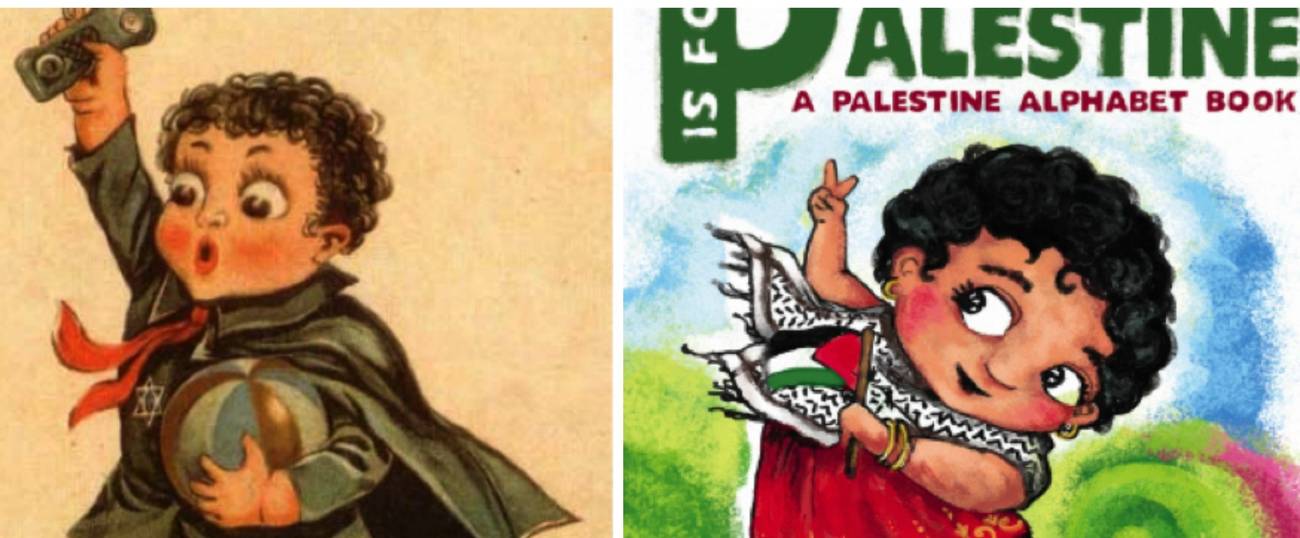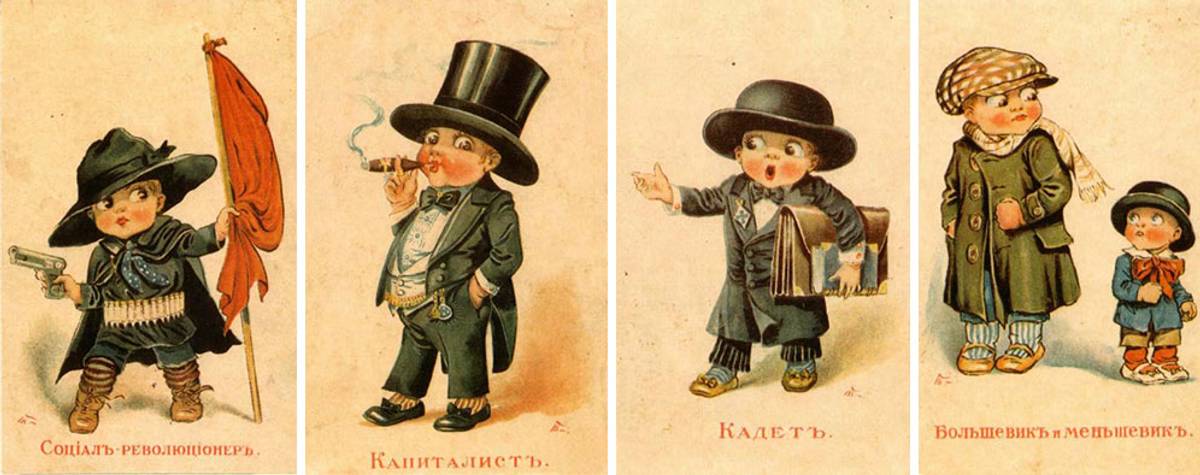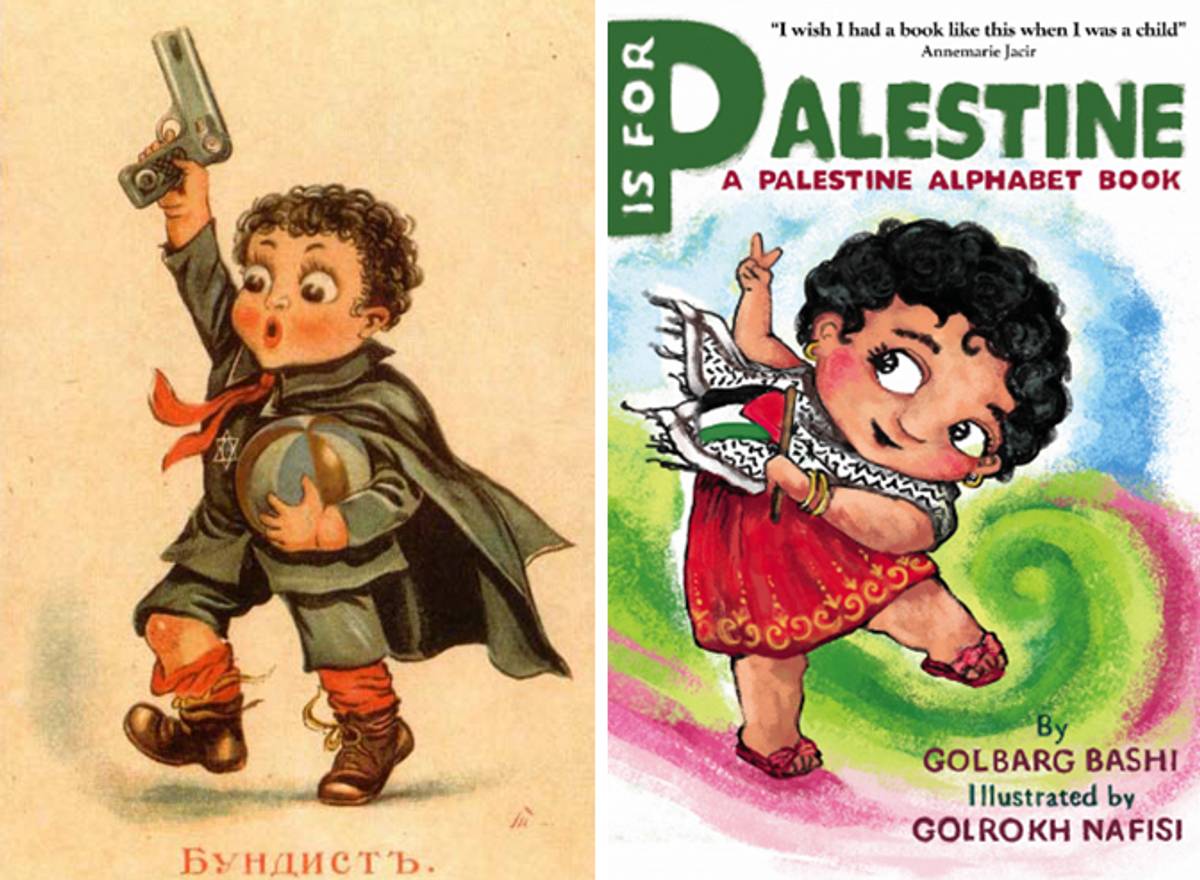P is for Palestine, But B is for Bund
Adorable children dressed in a ideological garb are nothing new




Last month some Upper West Side parents lost their shit over the appearance of a children’s alphabet book called P is for Palestine, in their local book store. Evidence that it’s never too early to indoctrinate children into nationalistic political ideologies, the book was created by a group of Iranian expats who apparently couldn’t be bothered with producing an I is for Iran book. When it appeared on the shelves of Book Culture on heavily Jewish Upper West Side, a small number of Jewish parents flipped out over the possibility that their children might learn that there is a place some people call Palestine. They demanded an apology, which they squeezed out of a struggling independent bookstore.
Though Book Culture apologized, they are still carrying the alphabet book. But now, supporters on the Palestinian side of the equation have upped the ante and are boycotting the shop because, they claimed, there was no need to apologize for selling it in the first place. Apparently, there’s just no pleasing anyone on the Upper West Side of Manhattan.
A tempest in a teapot, it’s a good representative instance of manufactured outrage over as something as seemingly innocuous as a children’s book. P is for Palestine’s heroine is an adorable, slightly chubby, doe-eyed Palestinian girl, who we first meet on the cover, where she is seen dancing on a wash of green and pink, and wearing a pretty red dress and a kefiyah with a Palestinian flag around her neck. As the pages run through the letters of the alphabet we are offered Arabic words related to their national struggle (I is for Intifadah; K is for kefiyah—scarf; M is for meftah—key of return; Q is for Quds [Jerusalem]), throughout which, the girl reappears in various scenes. Unless the combination of the alphabet and a bit of low level propaganda in the service of the Palestinian national struggle is threatening to you, it is essentially harmless fare.
Personally, I was startled when I first saw the book’s cover, though for a completely different reason. When I saw the cute Palestinian girl, I thought, “hey – I’ve seen that kid before!” The odd thing was that I remembered her as a Jew.
Just about 100 years ago, a series of postcards was printed in Russia that imagined children as political actors representing different political parties and orientations that had entered the political lexicon during the late 19th and early 20th centuries. The Bolsheviks, the Socialist Revolutionaries, the Capitalists, and the Anarchists, among others, were all drawn by famed illustrator Vladimir Taburin as adorable children dressed in a representative ideological garb.

Among them was a postcard representing the Bund, the revolutionary Jewish socialist party. A small, slightly chubby, doe-eyed, rosy-cheeked, boy with dark curly hair – an intentionally Jewish-looking child within the blond world of Russian politics, was drawn to represent the pre-eminent Jewish political party of the day. When I saw the P is for Palestine girl’s face, I immediately thought of the pistol-packing Bundist boychik. They were practically the same.

The similarities are, without doubt, purely coincidental. But the likenesses are pretty remarkable. An interesting side note is that neither image was drawn by a Jew or a Palestinian and both represent a type of idealized othering.
By now it’s a bit glib to say that Jews and Palestinians have something in common, even if it might really be true. Jews once fought for civil rights with bombs and guns as well. But don’t expect either side to focus on the similarities in either of their histories, current situations, or even their dark, curly hair.
The Jewish parents who complained about the book in the first place did the authors a great favor by giving them heaps of free publicity. Those supporting the Palestinian side smartly grabbed it and ran. Sadly, the only loser in the equation is Book Culture, which only wants to sell books. Who knew the children’s section of the bookstore could be such a minefield?
Vladimir Taburin, the artist who, 101 years ago, drew the revolutionary postcards of political actors as children, knew exactly what he was doing: It’s the adults in our world that are responsible for most childish of tantrums.
Eddy Portnoy is academic adviser and director of exhibitions at the YIVO Institute for Jewish Research, as well as the author of Bad Rabbi and Other Strange but True Stories from the Yiddish Press (Stanford University Press 2017).